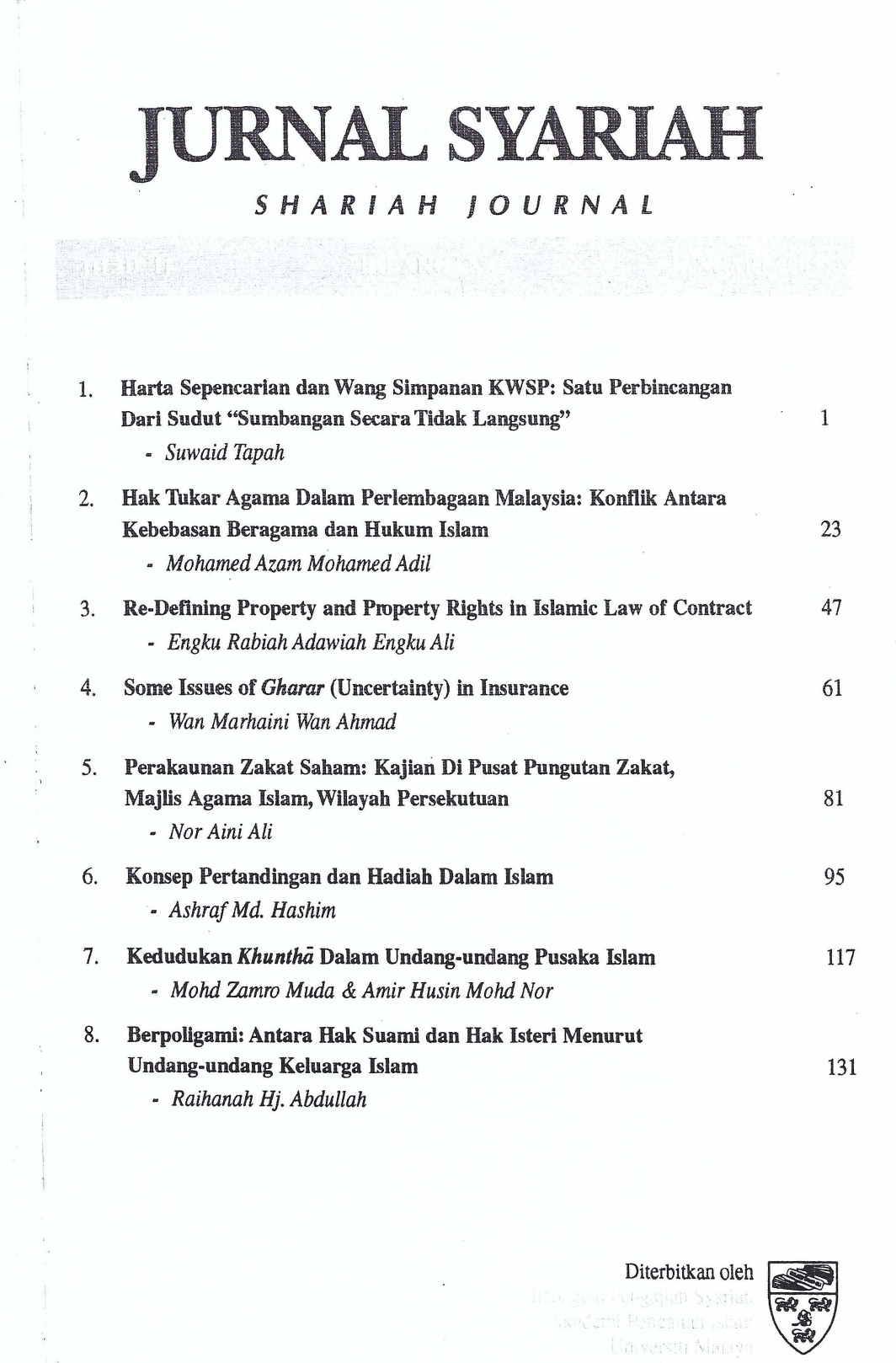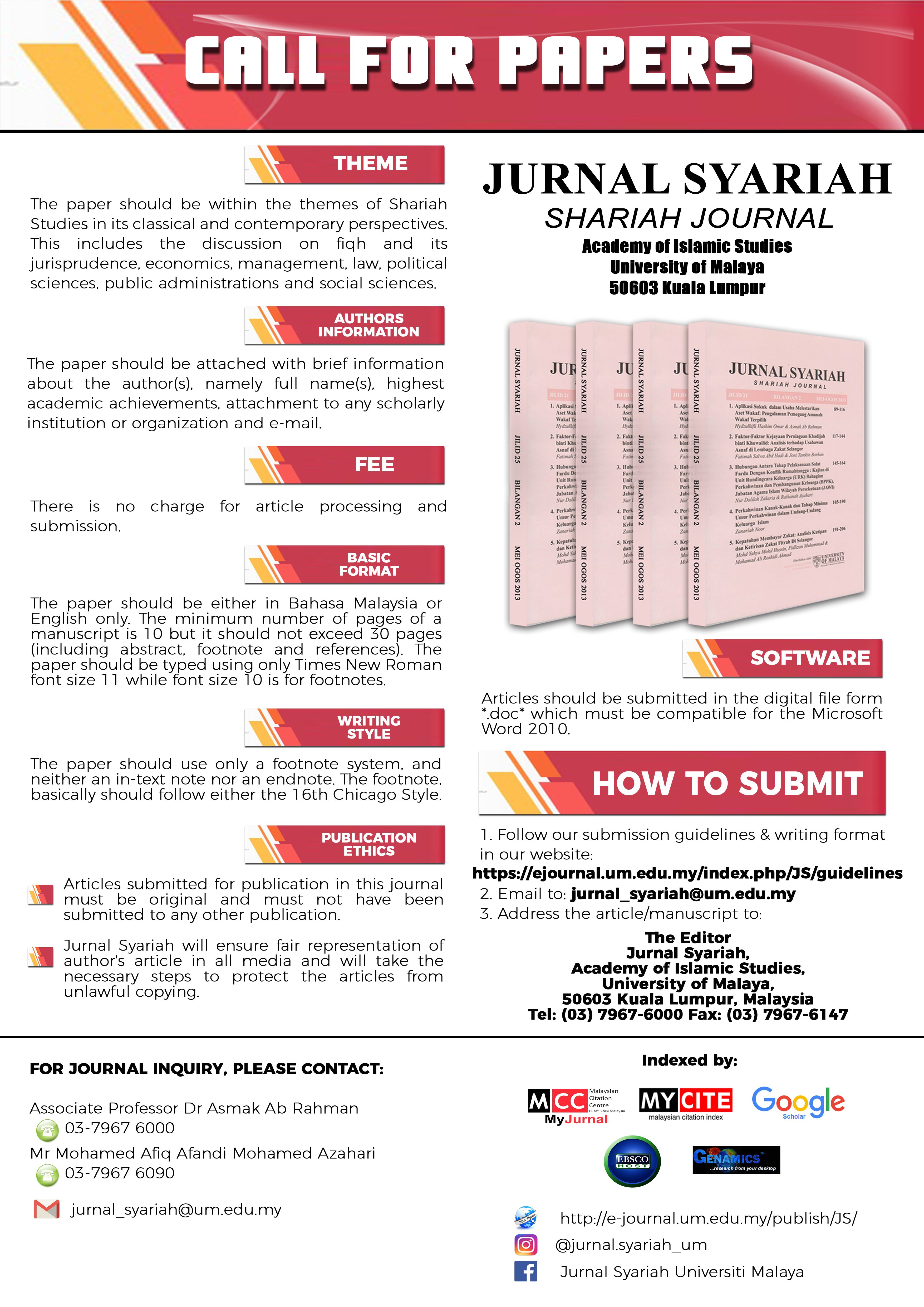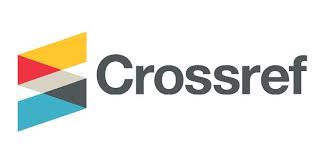HUBUNGAN KEMERUAPAN ANTARA PEMBOLEHUBAH MAKROEKONOMI, PASARAN SAHAM ISLAM DAN KONVESIONAL DI MALAYSIA
Abstract
This paper attemps to investigate the relationship between conditional
Malaysian stock market volitility and conditional macroeconomic volatility
using monthly data for Malaysia from January 1992 to May 2002.
Conditional volatility is measured as Generalized Autoregressive
Conditional Heteroscedasticity (GARCH) estimation. It employs monthly
data including convesional stock market returns (KLCI), Islamic stock
market returns (RHB) , money supply (M1) , exchange rates (MYR) ,
consumer pricing index (CPI) and industrial production index (IP) . The
results indicate that KLCI is more volatile than RHB whereby volatility in
macroeconomic variables just can explain volatility in KLCI stock market
around 33% and for RHB stock market around 25%. However, only
exchange rates variable (MYR) can predict the volatility in Malaysian stock
market. To conclude, only 25% to 33% of the volatility in Malaysian stock
market are explained by the volatility of macroeconomic variables. The rest
is due to speculative activities.
Downloads
Downloads
Published
How to Cite
Issue
Section
License
COPYRIGHT: All rights reserved. Not allowed to be reproduced any part of articles and contents of this journal in any form or by any way, whether electronic, mechanical, photocopying, recording or otherwise without permission in writing from the Chief Editor, Jurnal Syariah.



















